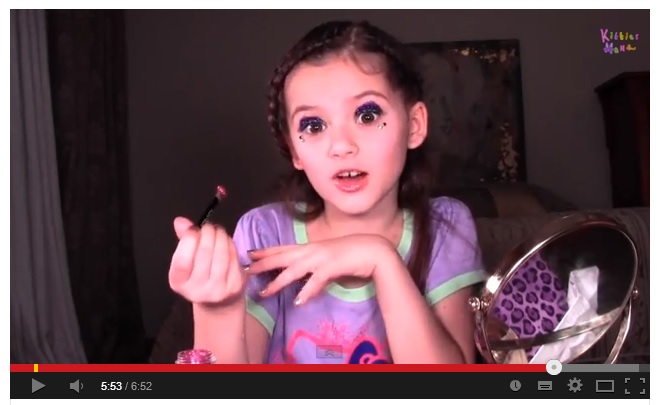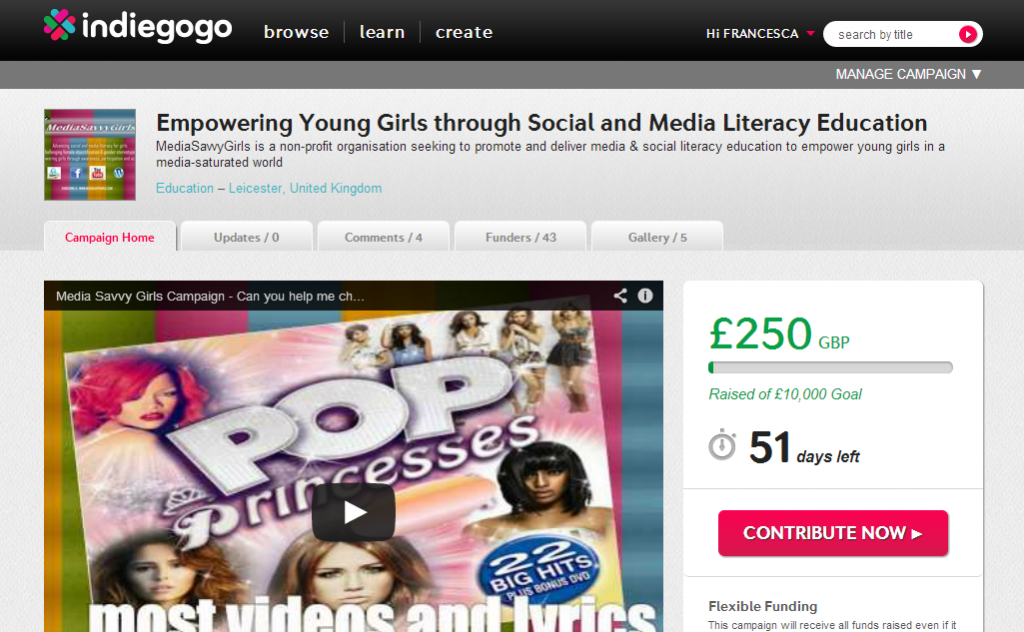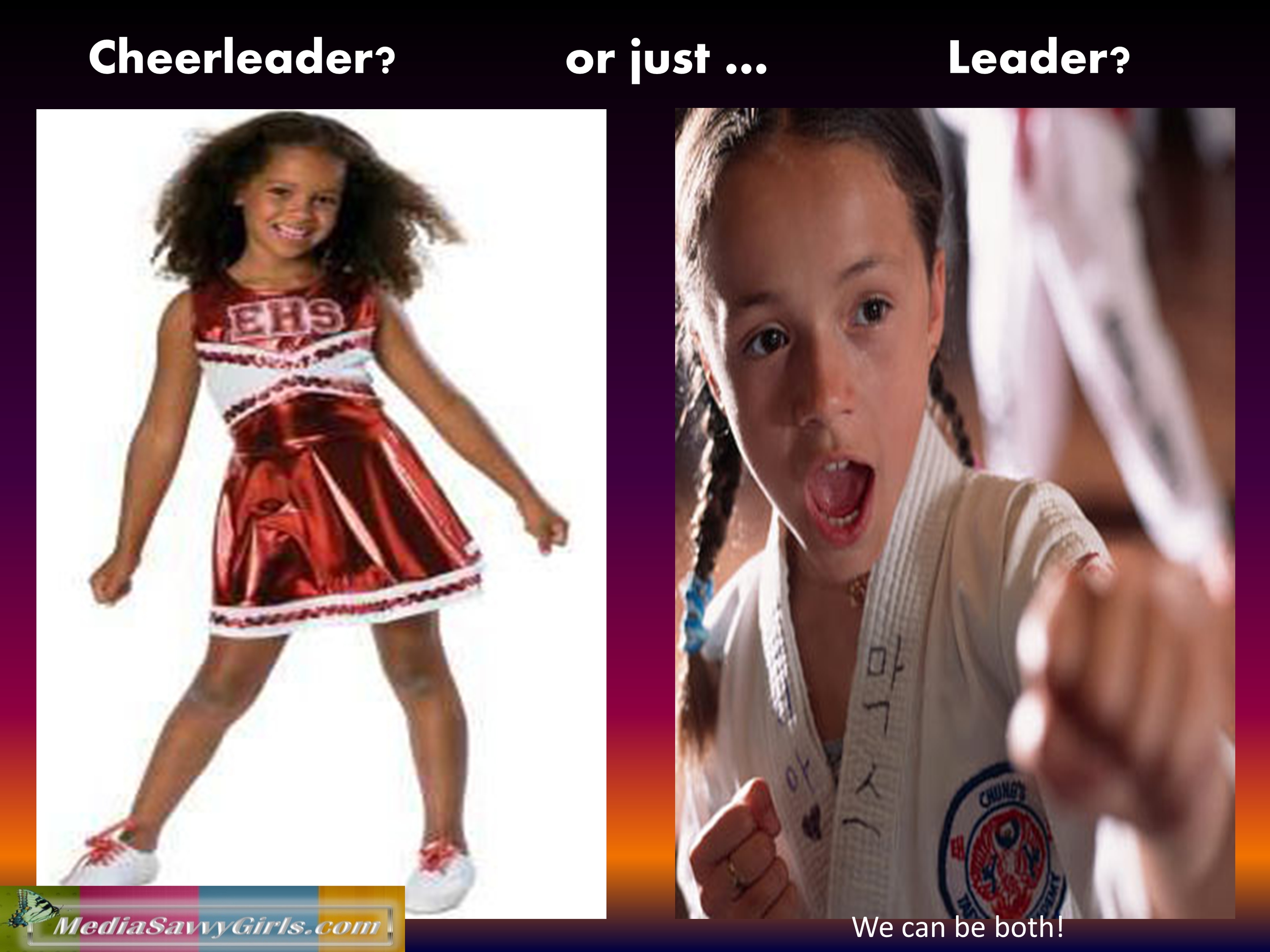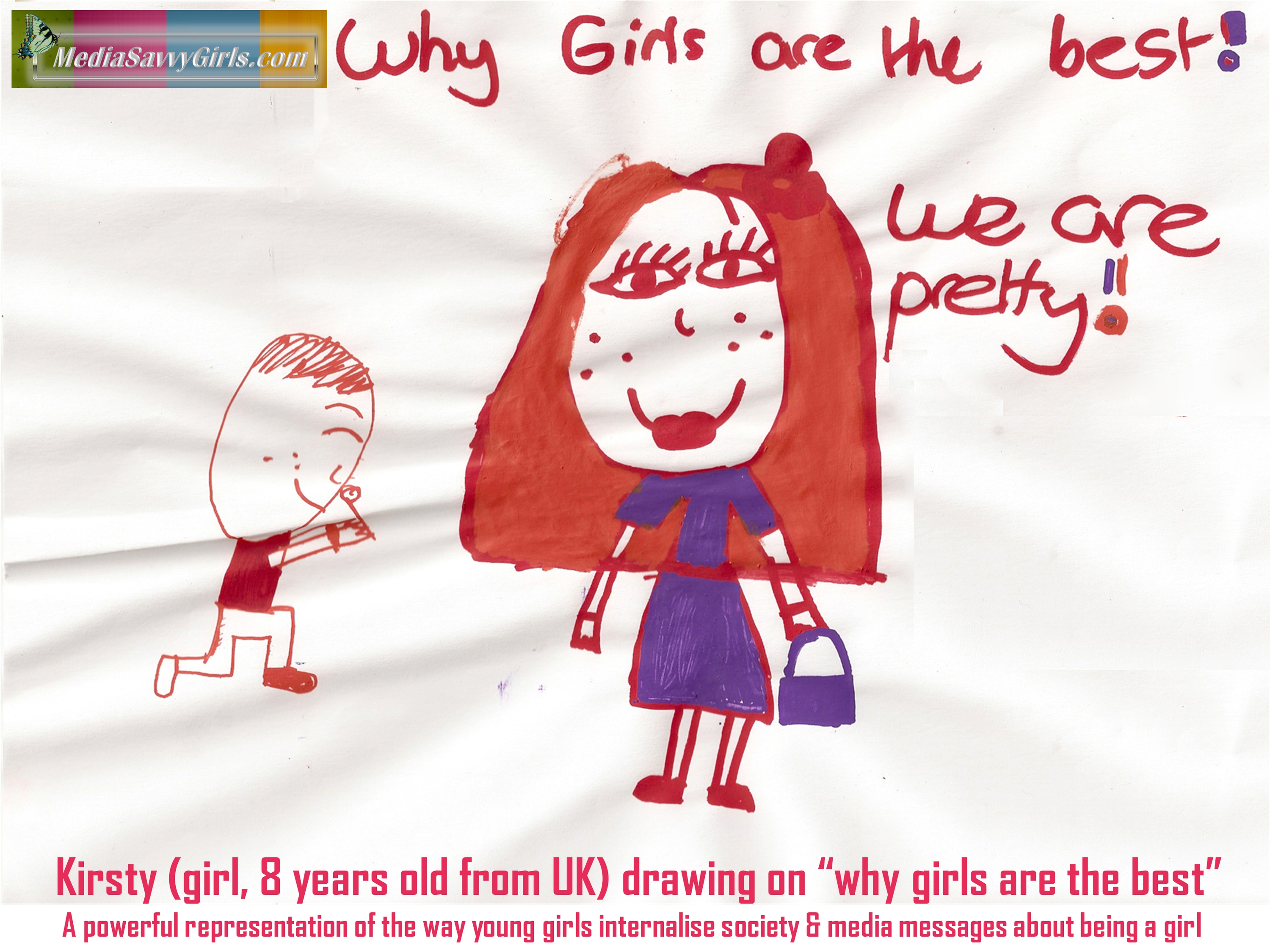Yesterday I ‘ve stumbled upon the new advert from Dove and posted it on our Facebook page.
Here it is: https://www.facebook.com/mediasavvygirls/posts/391763217620516
I dream of the day where all the adverts will remind people of their beauty. Not the type of beauty needing photoshops and breast implants, nor even the one needing a couple of hours of careful preparation in front of the mirror, but our natural beauty radiating from within.
I dream of the day where all adverts will be a glorious celebration of love and self-acceptance instead of feeding self-loathing, insecurities and obsessions!
Then I spent a couple of hours compiling various playlists for our You Tube channel and after watching video after video with little girls doing make-up tutorials I started to feel a slight depressive feeling in the realisation that YES, this is the system in which we live and many young girls are enthused by make-up and beauty: they are trained from such a young age through family, friends, playing practices and the media and the millions of images,surrounding them…everything starts with what it seems like harmless fun: little girls imitating their mothers, their sisters, their favourite TV character.
Wondering if that depressive feeling was only my one, if my concern was shared by anyone else, I found myself reading the many comments left on every little girl’s tutorial video (most of these girls are between 4-6 years of age and some of these tutorials have millions of views, yes, millions!!). I’ve realised that most viewers find the material “cute” and “funny”: training our youngest to be concerned about their look is for many parents and sisters just a matter of learning how to fit in a beauty-obsessed society I guess…?
I agree that it could be just a fun way for little girls to imitate adult life. I am sure many of us can remember doing the same thing: messing up with our mum’s make-up was in fact pure joy and delight!
So, far from turning my concern into an indiscriminate moral panic, I reckon that playing with make-up can still be seen as a harmless fun, as long as these girls have alternatives and their life doesn’t start to revolve around a mirror.
While watching these girls recording video after video, building their own channel of beauty tutorials by the age of 7, I only wonder more about their life: how healthy and diverse is their embodiment of femininity? Do they know there are lots of other options out there? Do they know they could spend the same amount of time learning to play a sport or an instrument,creating their own music and art, playing with a pet, fundraising for a local charity, learning to dance… becoming confident, empowered, loving beings, capable of improving the life of thousands around them? IF THEY DO, then certainly their make-up tutorials are just another way to express their creativity, they won’t become self-obsessed, insecure and narcistic individuals.
I invite you to have a look at the playlist for yourself and let me know your comments: is this “grooming of the youngest” just harmless fun?








